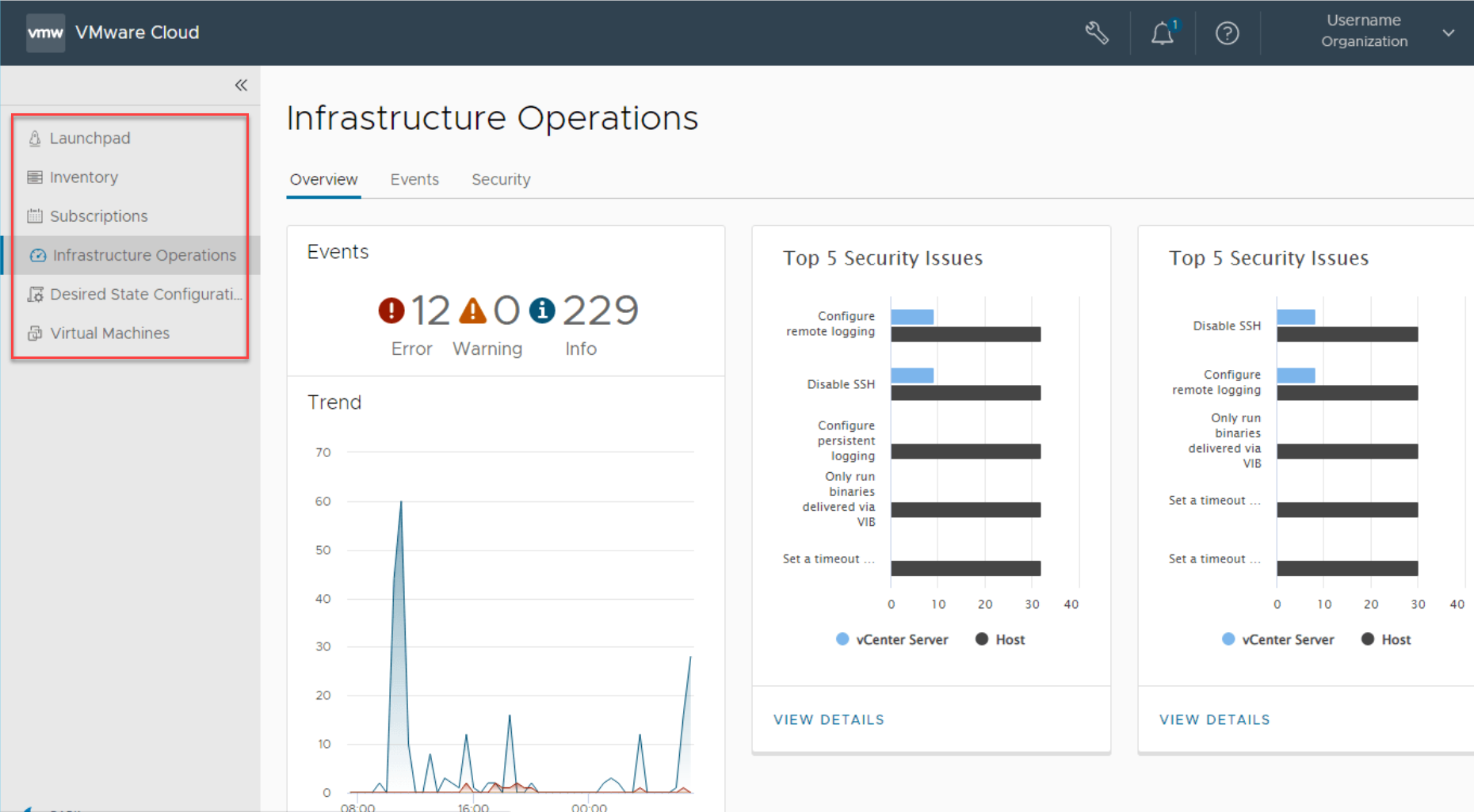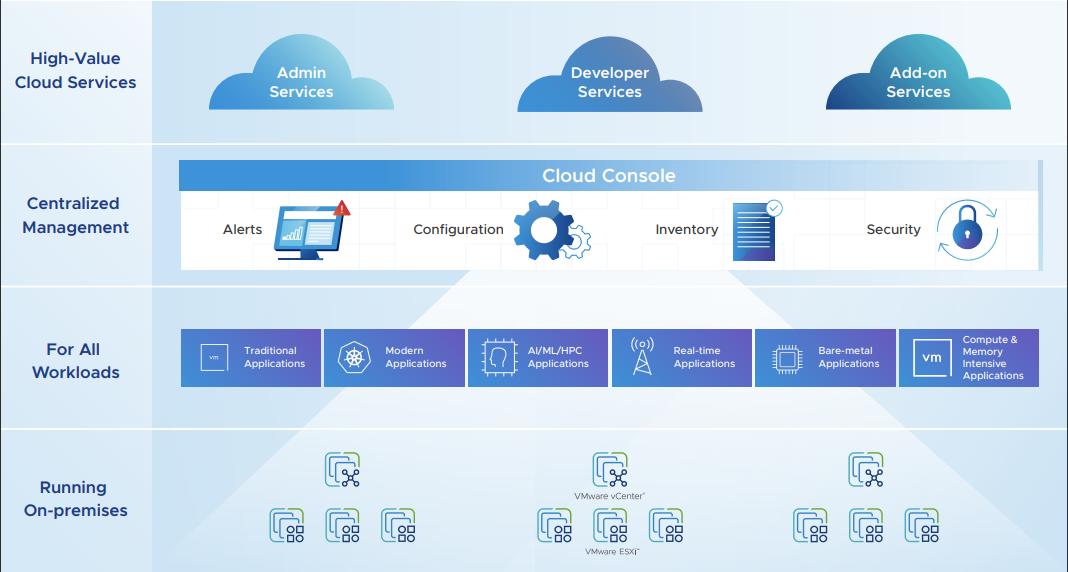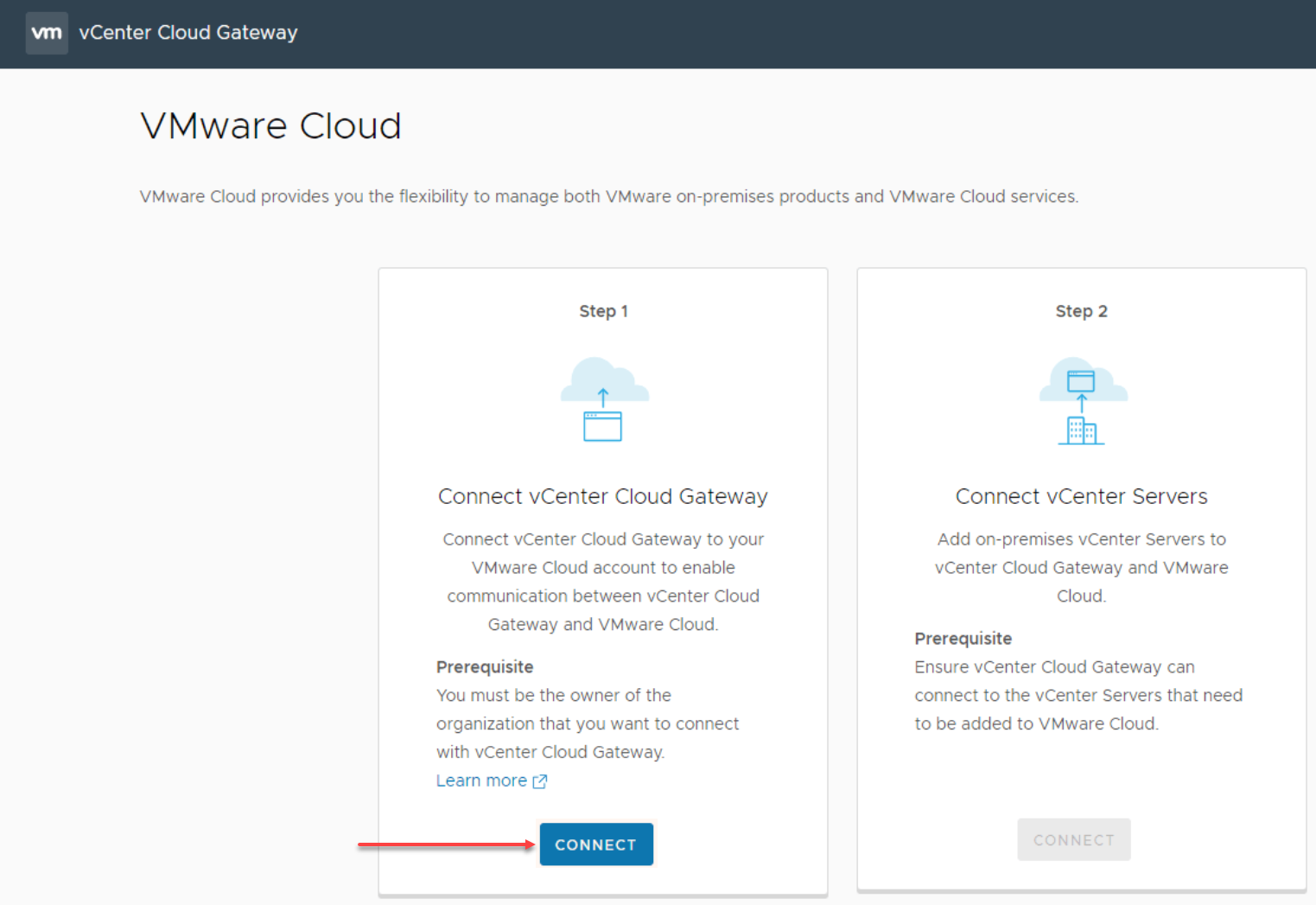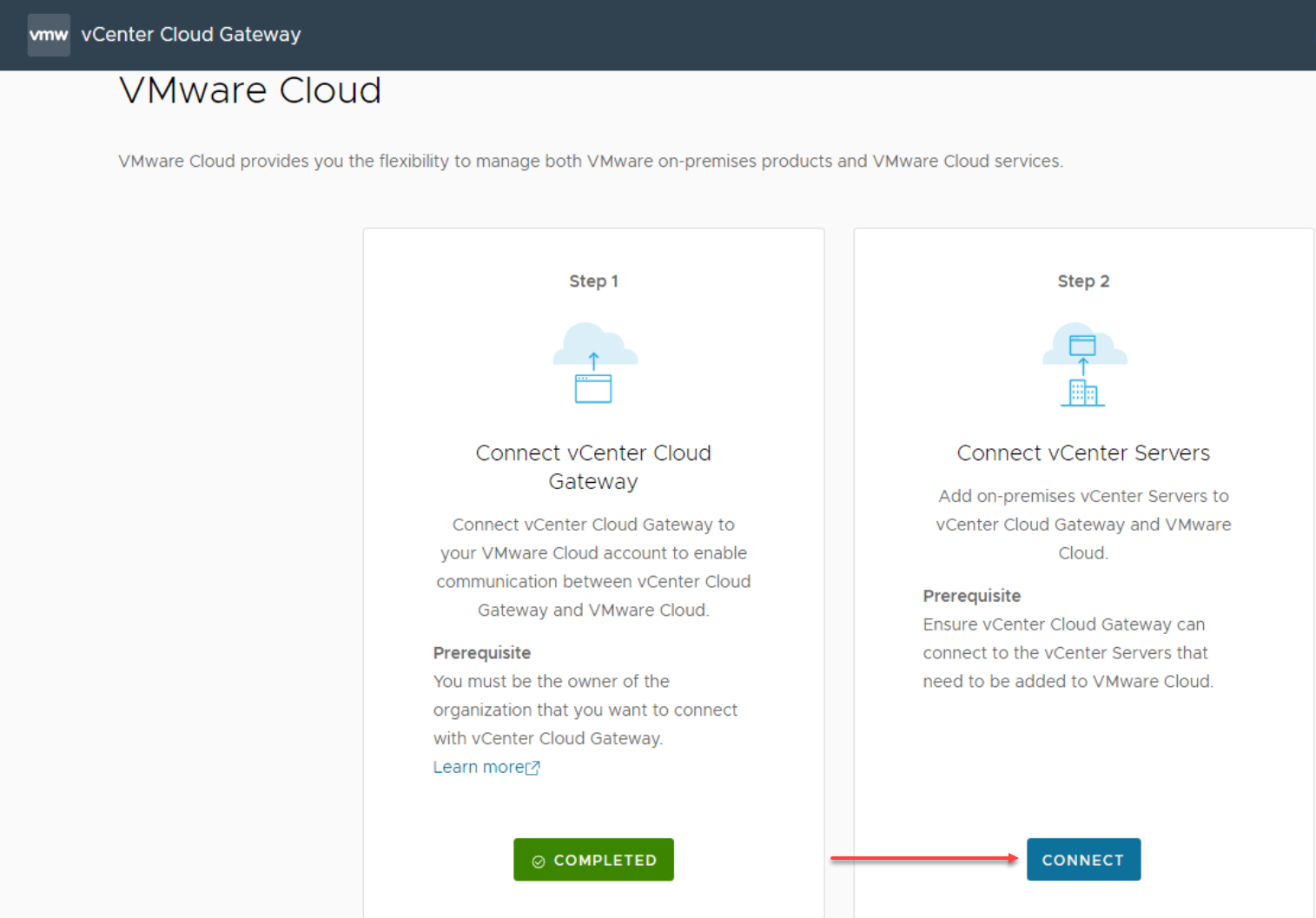Description: VMware vSphere+ is a new hybrid subscription-based vSphere offering that blends on-premises vSphere with VMware Cloud services using a Cloud Gateway.
What is VMware vSphere+ all about?
Software vendors today are becoming more cloud-centric in managing their solutions and services for customers. With the newest announcement from VMware, we see the writing on the wall for future VMware solutions architecture. VMware just released the next major evolution of VMware vSphere, with the introduction of vSphere+. It helps to show the direction of VMware products and solutions and how VMware will license, enable, and configure solutions in the future for customers moving forward. Let’s look at the new vSphere+ release and see what new capabilities this offers to customers using VMware vSphere today.
On-premises, hybrid cloud, and multi-cloud
Organizations today are using multiple types of infrastructure to house business-critical resources. As a result, businesses no longer have all their server infrastructure resources housed in private data centers. In addition, with the cloud revolution that has been happening over the past few years, organizations are leveraging cloud resources more than ever.
Cloud Infrastructure-as-a-Service (IaaS) and cloud Software-as-a-Service (SaaS) platforms are tremendously powerful and bring robust capabilities to the table for organizations who need to move faster than ever with development, infrastructure provisioning, and who want to transition to OpEx vs. CapEx cost models.
Businesses today reap the following benefits from leveraging the cloud:
- Agility – Businesses can provision cloud services with just a few clicks, without procuring servers, “racking and stacking” infrastructure, and configuring software solutions from scratch.
- Infrastructure-as-Code (IaC) – Cloud service providers have designed cloud environments to be accessible, configurable, manageable, and programmable via API endpoints. It allows DevOps and developers to interact with cloud environments using Infrastructure-as-Code and a declarative approach.
- Elasticity – Cloud solutions allow businesses to grow and shrink infrastructure on-demand without the complexities of new physical infrastructure.
- Fault-tolerance and high availability – While businesses today generally have high availability and fault-tolerance built into their existing on-premises private data centers, cloud service providers have massively resilient infrastructure, network connections, and even geographic diversity and resiliency
- “Pay for what you use” pricing – Instead of expending tremendous capital outlay in the CapEx model, businesses can use the cloud in a “pay for what you use” model where they only pay for the resources used to run their workloads
What is vSphere+?
Technically, vSphere+ is not a new version of vSphere that you install on your vCenter Server and ESXi hosts. Rather, vSphere+ is a cloud-connected subscription-based offering using the existing vCenter Server and ESXi hosts you have running on-premises today and connecting these with the VMware Cloud.
It brings both on-premises and cloud components together to form a hybrid solution. As a result, organizations can easily convert their traditional and subscription-based licensing using vSphere+ to align with OpEx cloud strategies. Additionally, with vSphere+, you can easily extend the on-premises capabilities of your current vSphere environment with solutions and services enabled by connecting to the VMware Cloud console. So, it blends the current vSphere environment you have today with the SaaS-delivered VMware components from the VMware Cloud offering.
One of the surprising features of vSphere+ is that you don’t have to be running the latest vSphere version, vSphere 7.x. Instead, you can use vSphere+ with ESXi versions 6.5 and newer and vCenter Server 6.7 and newer. However, VMware does recommend that you will have the best experience and complete set of capabilities and benefits if you are running the latest vSphere versions.
It will be interesting to see if VMware keeps this compatibility open for ESXi 6.5 and 6.7 environments since support for these will be end-of-life in October 2022, this year.
Features of vSphere+
What are the features and capabilities of vSphere+ compared to traditional vSphere deployments? The new VMware vSphere+ solution contains the following added benefits:
Admin services
- Cloud Console – The big feature difference you will noticeably see with vSphere+ is the addition of the Cloud Console. With the VMware Cloud Console as part of vSphere+, IT admins have a consolidated view of ALL vCenters in their environment added to the VMware Cloud Console. It provides a “single-pane-of-glass” view of your entire vSphere state, alerts, security events, and other key performance indicators in the environment.

The infrastructure operations view of the VMware Cloud Console with vSphere+
- Global Inventory Service – With the global view of the Cloud Console, VI admins have access to the Global Inventory Service. So instead of seeing only the objects in a single vCenter Server with the VMware Cloud Console, you can see the inventory across all the vCenter Servers in your environment.
- Event View Service – Similar to the benefits of the Global Inventory Service, the Event View Service consolidates the view of all events and alerts across multiple vCenter Servers, helping to pinpoint issues, alerts, or issues quickly.
- Security Health Check Service – The new vSphere+ service has a security health check service that allows VI admins to evaluate the security posture of the vSphere infrastructure and identify security vulnerabilities and other weaknesses across the vSphere landscape
- VM Provisioning Service – With the VMware Cloud Console, you have a way to create new virtual machines in any vCenter Server environment. The new virtual machine wizard as part of the VMware Cloud Console allows you to pick the vCenter Server, the cluster, and even the local storage
- Lifecycle Management Service – It dramatically reduces the complexity of managing the lifecycle of your vCenter instances. Instead of logging into the VAMI interface of each vCenter and managing them individually, the VMware Cloud solution
- Configuration Management Service – This service allows VI admins to detect and remediate configuration drift across their vSphere estate. VI admins can standardize
- Subscription–based licensing – One of the standout features of vSphere+ is it allows customers to transition from traditional licensing models to subscription-based licensing. The conversion is an online conversion without any downtime or disruption.
Developer services
- Network service – With the network service, developers can manage virtual routers, load balancers, and firewall rules. All of the functionality is built on top of the vSphere Distributed Switch capabilities found in the vSphere infrastructure to access traditional virtual machine workloads and modern containerized workloads with Tanzu
- Storage service – The built-in storage service allows managing persistent disks for containerized workloads orchestrated by Kubernetes. You can deploy block and file storage for your containerized workloads.
- Tanzu Kubernetes Grid service
- Tanzu Integrated Services – included with vSphere+ is the Tanzu Integrated Services offering that streamlines the deployment and management of local and in-cluster platform services. These platform services include logging, networking, monitoring, and storage service for production Kubernetes services
- Tanzu Mission Control Essentials – The Tanzu Mission Control Essentials offering provides global visibility across Kubernetes clusters in your estate and offers operational automation for Kubernetes clusters

Benefits of vSphere+ to on-premises workloads
Cloud Gateway
The architecture of the vSphere+ solution is made possible by an on-premises virtual appliance called the Cloud Gateway. Many may be familiar with the VMware Cloud Gateway if using Hybrid Linked Mode with VMware Cloud on AWS. While it is similar in functionality, the Cloud Gateway with the new vSphere+ solution is a unique offering for the vSphere+ architecture.
The new Cloud Gateway as part of vSphere+ connects your on-premises vSphere environment with the VMware Cloud console. The communication happens using secure SSL communication mostly over port 443, using industry-standard TLS security, and does not copy any proprietary data to the cloud from on-premises environments.
The process to link an on-premises Cloud Gateway with your VMware Cloud account is a three-step process:
1. Download and deploy the new Cloud Gateway appliance

Downloading the Cloud Gateway appliance from VMware
2. Register the Cloud Gateway appliance with VMware Cloud using your VMware account

Connect vCenter Cloud Gateway to your VMware Cloud account
3. Register the on-premises vCenter Server with the Cloud Gateway

Connect vCenter Servers to vCenter Cloud Gateway and VMware Cloud
A VMware Cloud Gateway can have multiple vCenter Servers registered to it, but you cannot associate a vCenter Server with multiple VMware Cloud Gateways. It is essential to note. Adding your vCenter Server to the Cloud Gateway and associating it with the VMware Cloud is non-disruptive. Your ESXi hosts are left untouched in the process.
Also, no workloads are moved to the cloud during the onboarding process. Existing workloads continue running in your on-premises environment on existing ESXi hosts. VMware vSphere+ does make migrating workloads to VMware Cloud solutions much easier, using the hybrid linked mode capability found in the vSphere+ Cloud Gateway.
It is also important to note that if you lose your connection from on-premises vCenter Servers and associated vSphere clusters to the cloud, workloads do not stop running and are unaffected by disrupted communications. Therefore, the only access affected is the Cloud Console and cloud services.
vSphere+ makes adding cloud services to traditional vSphere environments easy
One of the powerful advantages vSphere+ brings to the table for VI admins is an “easy button” for enabling VMware cloud services. Previously, you had to be running native VMware Cloud solutions like VMware Cloud on AWS to take advantage of some of these integrations. Now, with vSphere+, VMware has opened the door to hybrid-connected vSphere environments, unlocking additional benefits and enhancing workloads with hybrid cloud services for things like disaster recovery, ransomware protection, and capacity planning.
Final thoughts about vSphere+
VMware is following the natural progression of moving management, monitoring, and configuration capabilities to the cloud. This global management solution for vSphere in the cloud using the Cloud Gateway and Cloud Console will enable VI admins to have cloud-connected control and monitoring capabilities. In addition, it will allow the management of on-premises vSphere environments from anywhere or any device using a web browser, all without a third-party tool and no VPN connection required.
The new vSphere+ announcement brings about exciting new capabilities in the world of vSphere that can help organizations evolve their existing traditional infrastructure into a more cloud-centric approach and augment these traditional technologies with an ala carte offering of VMware Cloud services.




